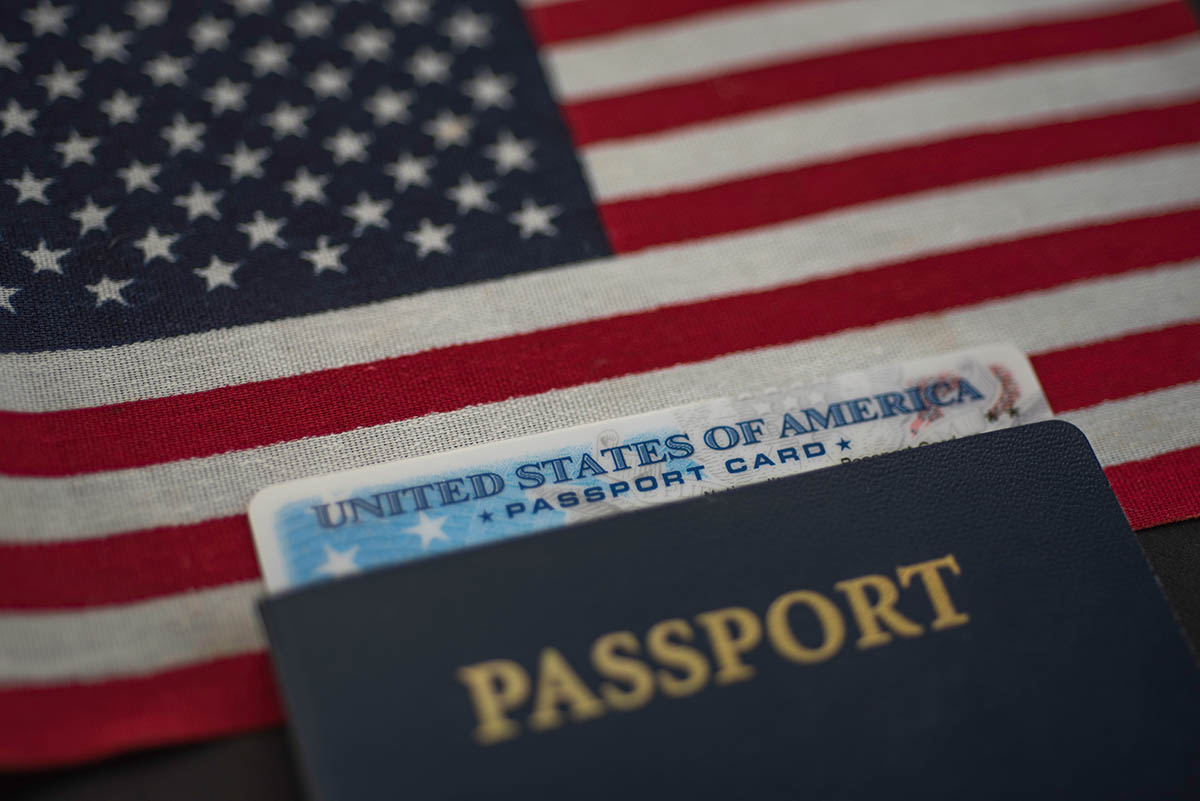Radio Frequency Identifications in Passports (RFID)

/ 5 Stars read 2 min
As technology continues to become more advanced, electronic passports or e-passports are slowly replacing traditional passports. One of the latest technological developments in passports is the use of radio frequency identifications or RFID.
This technology uses radio waves to transmit data between RFID chips and readers, and it has become an essential part of the passport issuance process. As a traveler, it is important to understand how RFID chips work and the benefits and risks involved in their use.
Benefits of RFID in Passports

The use of RFID chips in passports has numerous benefits. One of the most notable benefits is the enhanced security it provides. With RFID, it is harder to counterfeit passports as the RFID chip contains a unique identifier that cannot be duplicated. Additionally, it allows for faster processing times at immigration and customs checkpoints, which can help alleviate long queues and reduce waiting times for travelers.
Possible Risks Associated with RFID
While the benefits of RFID in passports are significant, they also come with some potential risks. One of the biggest risks is the possibility of identity theft. According to experts, the data transmitted by RFID chips can be intercepted and used by hackers to steal personal information, which can be used maliciously. Another risk of RFID is that it can be deactivated, rendering the passport useless. This can happen if the chip is damaged by a magnetic field, resulting in the loss or destruction of important personal information.
RFID in e-Passport Technology
The introduction of e-passports has increased the use of RFID in passport technology. E-passports have an embedded RFID chip which contains personal information such as the holder’s name, date of birth, and other biometric data. The RFID chip also stores a digital copy of the passport photo. This digital copy can be used to enhance automated biometric identification systems. It is important to note that the information stored in the RFID chip is only accessible when the passport is held close to a designated reader and the data is transmitted via radio frequency.
How to Protect Your Passport from RFID Skimming
As a traveler, it is essential to take steps to protect personal information from unauthorized access. One of the easiest ways to protect your passport from RFID skimming is to invest in RFID blocking passport wallets. These type of wallets contain a RFID shield that blocks radio signals, preventing identity theft.
Another way to protect your passport is by keeping it in a secure location and only taking it out when necessary. Finally, always monitor your accounts for any unauthorized charges or activities that may have resulted from identity theft.
Overall, RFID technology has revolutionized the passport issuance process. While its use has significantly improved security and processing times, there are the potential risks that need consideration. As a traveler, it is important to be aware of the benefits and potential risks associated with RFID technology in passports and take the necessary steps to protect your sensitive personal information. With the continued development of technology, it is essential to stay informed, take wise precautions, and remain vigilant when it comes to personal security.
Get an Expedited Passport in As Little as 24 Hours!
Looking to travel in 30 days? And need to replace your passport, renew passport or get a new passport. U.S. Passport Help Guide provides all passport expediting services with passport services starting as low $199.00
Get an Expedited Passport Today!


